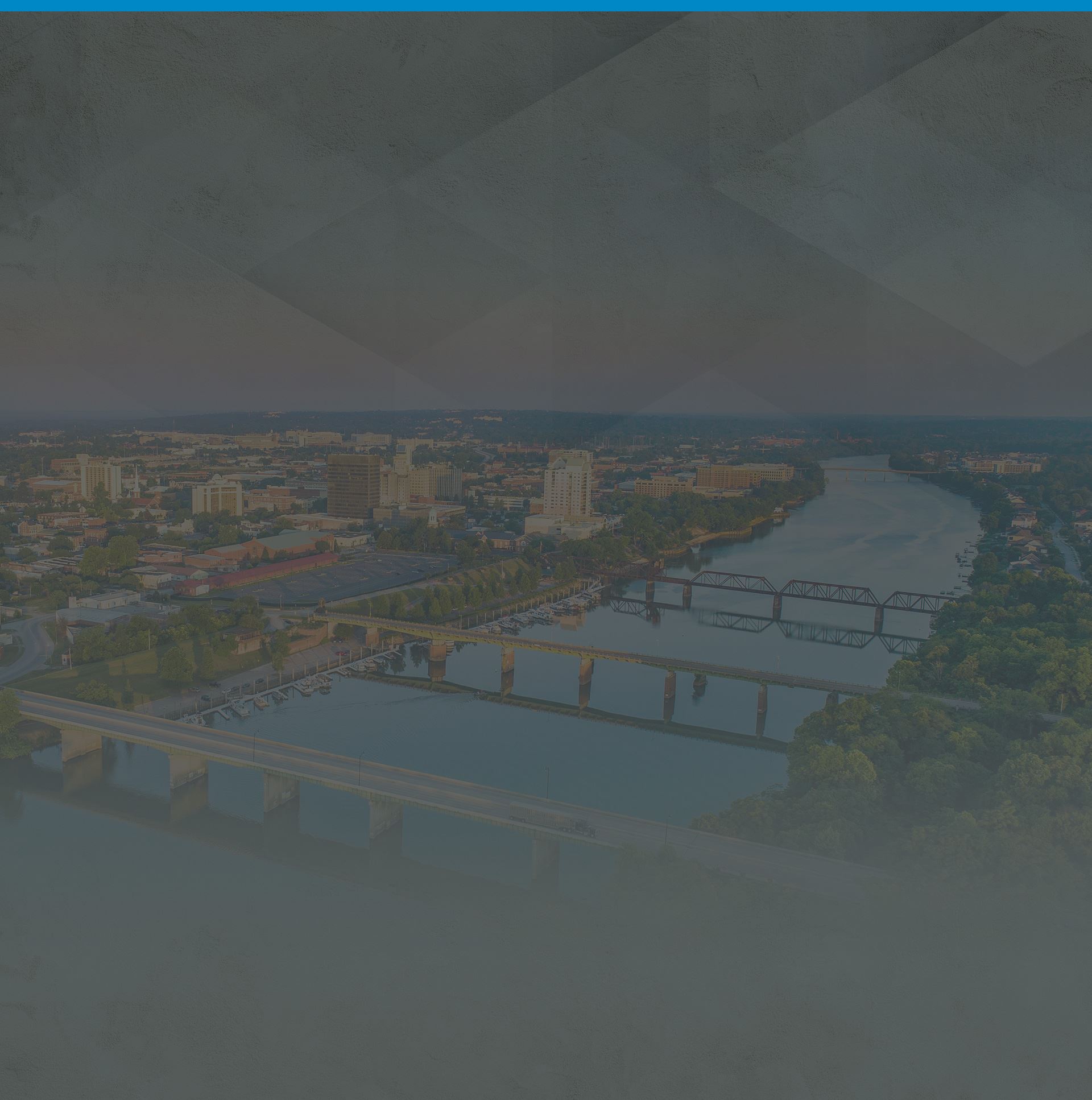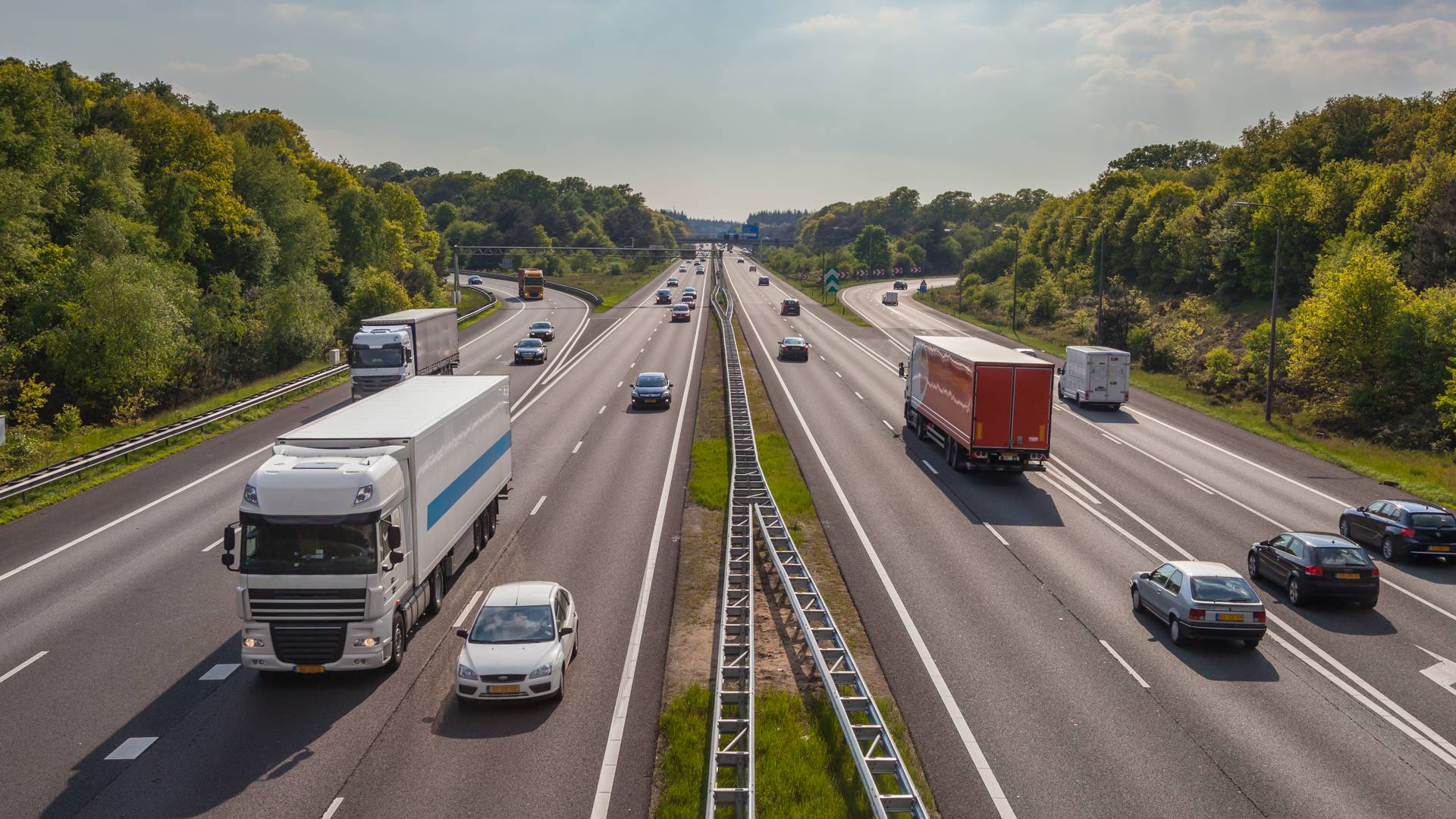Workers are at risk of on-the-job injury in all different types of work environments, but especially when they are working in confined spaces. Employers and employees need to understand the proper safety protocols for work in a confined space, and Safety BLR recently published some tips for helping companies to develop confined space policies that could save worker lives or prevent serious injuries from occurring.
If you are an employee who gets hurt while working in a confined space, or if you are otherwise injured on-the-job, you should also make certain you know your legal rights. An Atlanta workers’ compensation lawyer can provide you with representation as you pursue a claim for benefits after a work injury.
You should be entitled to benefits, including payment of medical bills, regardless of whether your employer is negligent or not, so be sure to contact an attorney for help after you are hurt.
Recommendations for a Confined Space Response to Keep Atlanta Workers Safe
According to Safety BLR, there are seven key steps an employers should take in order to provide the maximum protection possible for workers who are doing their jobs in confined spaces. Employers should:
- Hold regular rescue drills: Practicing a response and working through various scenarios will help to ensure that workers are prepared to work in a confined space and help to ensure that a timely, effective response occurs in the event it becomes necessary.
- Distinguish between rescue types: There are two primary types of rescues: time sensitive and non-time sensitive. Time sensitive or emergency rescues typically occur when there is a deficiency of oxygen and when there’s only around six minutes to extract a trapped worker from a confined space. Non time sensitive situations could occur when a worker needs help but the need isn’t immediate, such as if a worker fell and broke a bone but is still getting plenty of oxygen.
- Ensure rescuers have the right equipment: Rescuers often need to remove heavy equipment to free trapped workers in a confined space. Rescuers and all workers in confined spaces should have a full body harness to make rescue more efficient and less time consuming.
- Know the parameters of the confined space: It’s important to know exactly how much space is available, and how it is configured, before rescue becomes necessary so an appropriate rescue plan can be executed within the available space.
- Know where the openings are: It’s also essential to know in advance where rescuers will be able to enter into a confined space. Don’t assume that there are necessarily always going to be multiple entry points for rescuers with self-contained breathing apparatuses.
- Work with local authorities: Talk with local emergency responders in advance of an incident; don’t assume that calling 911 will automatically mean there is help available to assist with a rescue in a confined space.
- Have a rescue team ready: You should have a team ready in case something happens that is trained to respond to any type of emergency, regardless of the amount of space available.
Regardless of whether or not employers follow these protocols, workers injured in a confined space should be entitled to workers’ comp benefits if they were hurt while performing work tasks. A work injury lawyer can help workers to get benefits they need after an injury occurs.
The Atlanta workplace accident lawyers at Van Sant Law, LLC can represent employees or their families after a workplace injury or death. Call today at (800) 234-9556 or contact us online to schedule your free consultation.

.2410180755550.png)



.2410171551550.png)
